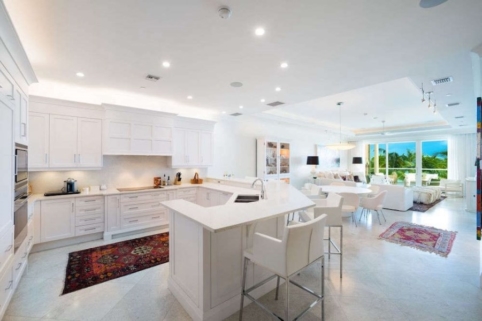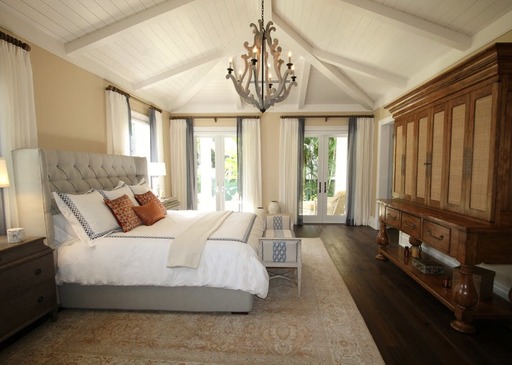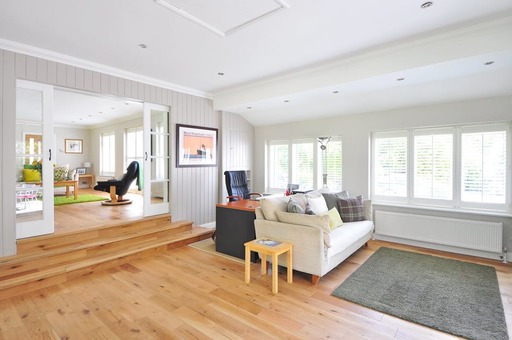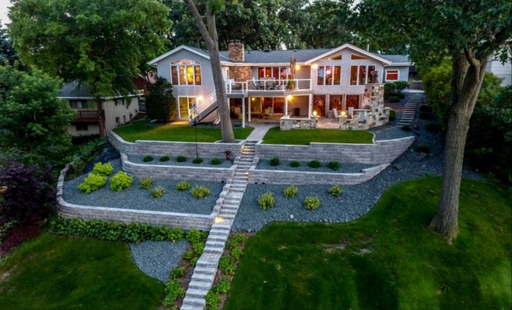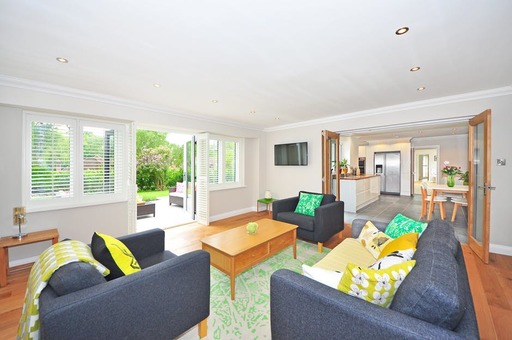How to Set Up Your Listing for Success
According to the National Association of Realtors most recent report on the profile of home buyers and sellers, for 44% of recent buyers, the first step they took in their home buying process was to look at properties online. Compare that to the 17% of buyers whose first step was to contact a real estate agent and the importance of optimizing your listing for buyers becomes evident. When it comes to the marketing and presentation of your listings, how can you make sure your listings are set up with the best chance of success?
One simple way to make sure to put your best foot forward is to keep WWBT in mind — What Will Buyers Think? RealtyHive is here to help you break down exactly what this means.

Photos
With pages like Please Hate These Things or Terrible Real Estate Agent Photos always ready to put up the latest in questionable real estate photos, it’s a good idea to err on the side of caution. That same NAR report also states that 87% of buyers who used the internet at any time during their search found photos to be very useful.
RealtyHive Rules:
1. Don’t include people (or parts of people) in your listing photos. At best, it detracts from what’ you’re actually selling. At worst, someone’s feelings are going to get hurt. Either way, it’s a lose-lose situation
2. Be wary of having photos with animals. Animals can be a great way to achieve the right kind of virality, but only if animal looks safe, healthy, happy, and are not caught on camera doing their “business”.
3. Make sure to get photos of (almost) everything. There are some things to skip — root cellars probably won’t make the best photos, neither will a room filled with a creepy doll collection. That said, if your description boasts of a wine cellar or private theater, it’s important to show off those selling features. Don’t leave the audience hanging. If you choose to skip over a room, it’s likely a potential buyer will think there’s a good reason you don’t have photos of it.
4. If the inside or outside truly are a disaster, show only the best parts, but make sure to have an accurate description of the property. It’s okay to have a fixer upper or a property that “needs some TLC”, but it’s not ok to set unrealistic expectations.

Descriptions
If it looks like a barn and quacks like a barn, it’s gotta be a barn, right? Wrong! With the popularity of converted buildings being used for residences and the growing popularity of residences to be short-term rentals, it’s more important than ever to spell out a property’s use, even if it is abundantly clear when you are there in person. In fact, the Realtor report stated that 85% of buyers found detailed information about properties to be very useful.
RealtyHive Rules:
1. If your property is used as anything other than what it appears to be, it’s vital to spell it out in the description. Have a property that is more suited to be a rental than a primary residence? Focus on that in the description. Conversion properties are one thing, but if you can’t tell the property’s use by looking at it, it’s up to you to clarify in the description.
2. If it’s a residence, there should be information on the number of beds and baths. If it’s land, you should have a plus-or-minus idea of how much land is available. For commercial properties, knowing the square footage is essential. These might seem really obvious, but skipping this information prevents you from landing in search results and appearing in front of buyers.

Additional Resources
Some properties have additional caveats or information that is required. While it makes perfect sense to not reveal everything about a property in your listing, some things should be shared upfront to avoid any wasted time or hassle on anyone’s part.
RealtyHive Rules:
1. Things like zoning, restrictive covenants, easements, and homeowner’s associations should be discussed upfront as these can be deal breakers for the buyer. You don’t have to put these in your listing description, but if you have the ability to upload documents or attach additional information links, you can weed out those who aren’t interested.
2 Certain properties require more information than others. If your property has a searchable address, you may not need to include a map. If your property is simple “Lot X” having a map will help those looking for specific characteristics in a property.
Have a property that you’re looking to get extra exposure on? Whether it’s a home, land, commercial building or more, RealtyHive can help you find the right buyer for any type of real estate with Marketing Matters and Time-Limited Events!



